Intro
Discover 5 effective ways to treat tailbone cysts, including home remedies and medical treatments, to alleviate coccyx pain and inflammation, promoting healing and preventing infection.
Treating a tailbone cyst, also known as a pilonidal cyst, can be a challenging and painful experience. However, there are several ways to treat this condition, and the best approach often depends on the severity of the cyst and the individual's overall health. In this article, we will explore five ways to treat a tailbone cyst, including home remedies, medical treatments, and surgical options.
The importance of treating a tailbone cyst cannot be overstated. If left untreated, the cyst can become infected, leading to serious complications, such as abscesses, fistulas, and even life-threatening infections. Furthermore, a tailbone cyst can cause significant discomfort, pain, and embarrassment, making it difficult to perform daily activities. Therefore, it is essential to seek medical attention if you suspect you have a tailbone cyst.
A tailbone cyst can be caused by a variety of factors, including genetics, poor hygiene, and trauma to the tailbone area. The symptoms of a tailbone cyst can vary, but common signs include a lump or bump near the tailbone, pain or discomfort in the area, and drainage or discharge from the cyst. If you are experiencing any of these symptoms, it is crucial to consult with a healthcare professional for proper diagnosis and treatment.
Understanding Tailbone Cysts
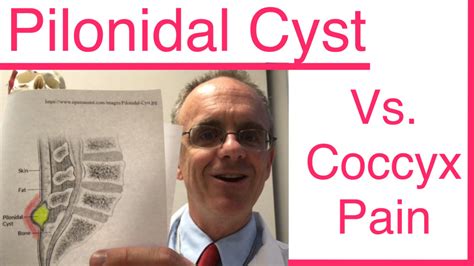
To develop an effective treatment plan, it is essential to understand the causes and symptoms of tailbone cysts. A tailbone cyst is a small, fluid-filled sac that forms near the tailbone, typically as a result of a blocked skin pore or a minor injury. The cyst can become infected, leading to inflammation, pain, and discharge. In some cases, the cyst can rupture, causing a foul-smelling discharge and potentially leading to further complications.
Causes and Risk Factors
The causes of tailbone cysts are not fully understood, but several factors can increase the risk of developing this condition. These include: * Genetics: Individuals with a family history of tailbone cysts are more likely to develop the condition. * Poor hygiene: Failing to keep the tailbone area clean can increase the risk of infection and cyst formation. * Trauma: Injury to the tailbone area, such as from a fall or sports injury, can cause a tailbone cyst to form. * Obesity: Excess weight can put pressure on the tailbone area, increasing the risk of cyst formation.Treatment Options
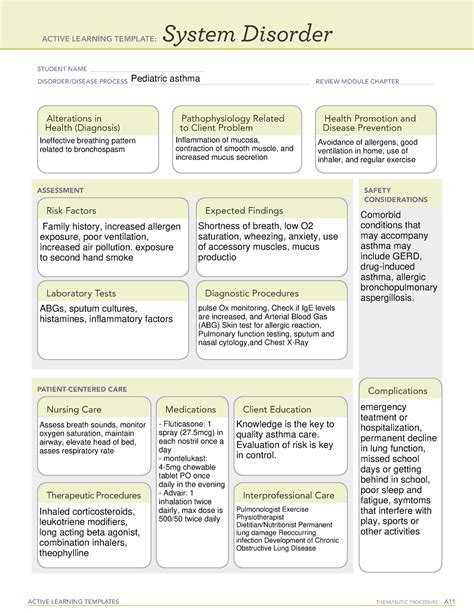
There are several treatment options available for tailbone cysts, ranging from home remedies to surgical procedures. The best approach often depends on the severity of the cyst and the individual's overall health.
Home Remedies
For mild cases of tailbone cysts, home remedies can be an effective treatment option. These include: * Warm compresses: Applying a warm compress to the affected area can help to reduce pain and inflammation. * Antibiotic ointment: Applying an antibiotic ointment to the affected area can help to prevent infection. * Good hygiene: Keeping the tailbone area clean and dry can help to prevent infection and promote healing.Medical Treatments
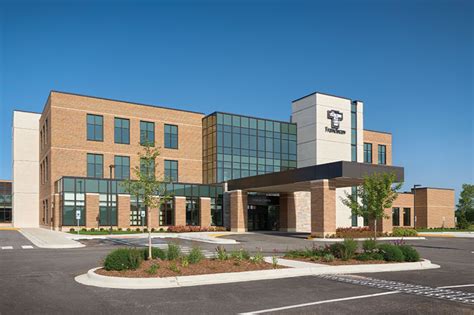
For more severe cases of tailbone cysts, medical treatments may be necessary. These can include:
- Antibiotics: Prescribed antibiotics can help to treat infection and promote healing.
- Pain medication: Over-the-counter or prescription pain medication can help to manage pain and discomfort.
- Drainage: In some cases, a healthcare professional may need to drain the cyst to promote healing.
Surgical Options
In some cases, surgical intervention may be necessary to treat a tailbone cyst. This can include: * Incision and drainage: A healthcare professional may need to make an incision in the cyst to drain the fluid and promote healing. * Excision: In some cases, the entire cyst may need to be removed surgically. * Marsupialization: This involves making an incision in the cyst and stitching the edges to the surrounding skin, allowing the cyst to heal from the inside out.Prevention
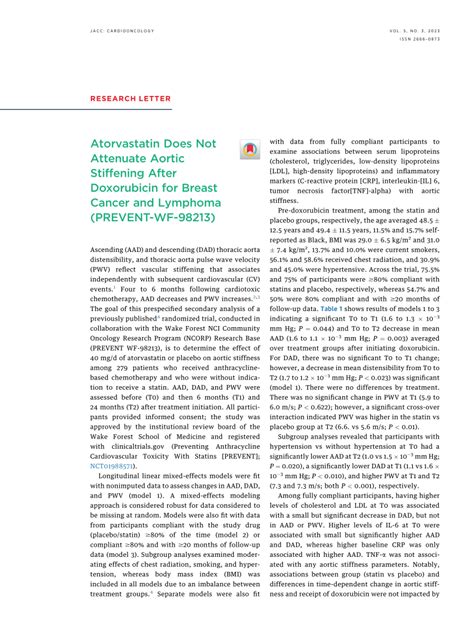
Preventing tailbone cysts is often easier than treating them. To reduce the risk of developing a tailbone cyst, individuals can take several steps, including:
- Practicing good hygiene: Keeping the tailbone area clean and dry can help to prevent infection and cyst formation.
- Maintaining a healthy weight: Excess weight can put pressure on the tailbone area, increasing the risk of cyst formation.
- Avoiding trauma: Taking steps to avoid injury to the tailbone area, such as wearing protective gear during sports, can help to reduce the risk of cyst formation.
Lifestyle Changes
In addition to medical treatments, making lifestyle changes can help to promote healing and prevent future episodes. These can include: * Eating a healthy diet: A balanced diet rich in fruits, vegetables, and whole grains can help to promote healing and prevent infection. * Staying hydrated: Drinking plenty of water can help to keep the skin and tissues healthy, reducing the risk of infection and cyst formation. * Avoiding tight clothing: Wearing loose, comfortable clothing can help to reduce pressure on the tailbone area, promoting healing and preventing future episodes.Conclusion and Next Steps
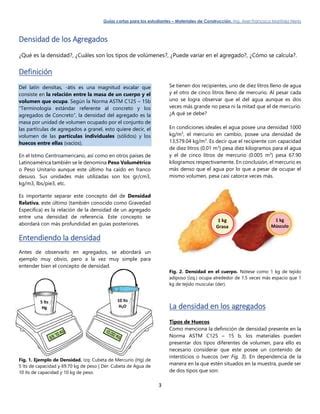
Treating a tailbone cyst requires a comprehensive approach that takes into account the individual's overall health and the severity of the cyst. By understanding the causes and symptoms of tailbone cysts, individuals can take steps to prevent future episodes and promote healing. If you suspect you have a tailbone cyst, it is essential to consult with a healthcare professional for proper diagnosis and treatment.
We hope this article has provided you with a comprehensive understanding of tailbone cysts and the various treatment options available. If you have any further questions or concerns, please do not hesitate to reach out to us. We encourage you to share this article with others who may be experiencing similar symptoms, and to take the first step towards seeking medical attention if you suspect you have a tailbone cyst.
What are the symptoms of a tailbone cyst?
+The symptoms of a tailbone cyst can include a lump or bump near the tailbone, pain or discomfort in the area, and drainage or discharge from the cyst.
How can I prevent a tailbone cyst?
+To prevent a tailbone cyst, individuals can practice good hygiene, maintain a healthy weight, and avoid trauma to the tailbone area.
What are the treatment options for a tailbone cyst?
+The treatment options for a tailbone cyst can include home remedies, medical treatments, and surgical options, depending on the severity of the cyst and the individual's overall health.
